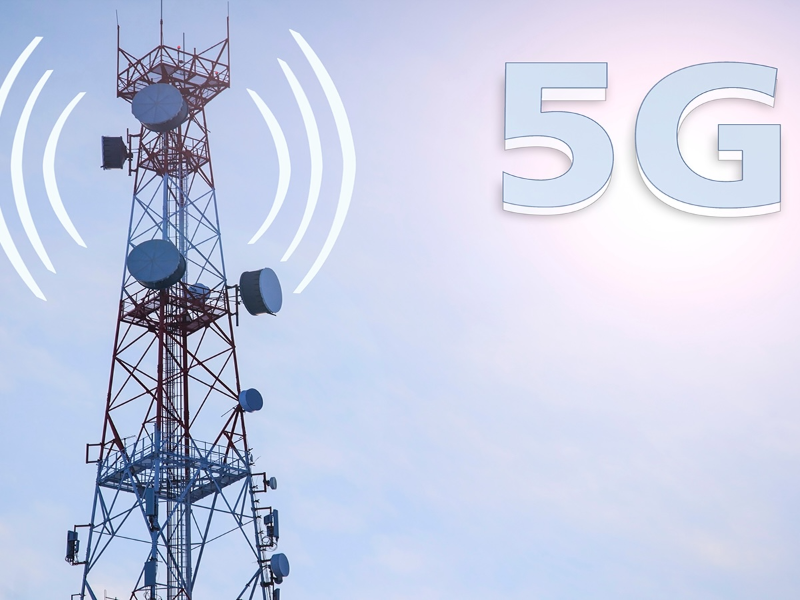- Private 5G enables remote control of dozers across 2.5km at Cadia gold-copper mine
- Marks shift from unstable Wi-Fi to scalable 175Mbps uplink 5G network
What happened: Private 5G drives remote productivity at Australia’s largest underground mine
Ericsson has successfully deployed a private 5G network for Newmont’s Cadia mine in New South Wales, enabling teleremote control of heavy machinery in what is claimed to be a world-first use case for large-scale dozer operations at a surface mining site. The Cadia site is Australia’s largest underground gold-copper mine.
This new system replaces a previously unreliable Wi-Fi setup that hindered operational scalability. Under Wi-Fi, Newmont struggled to remotely operate more than two dozers within a 100-metre range before connection instability rendered the equipment inoperable—sometimes leading to operational downtime for up to six hours in a 12-hour shift.
Now, with Ericsson’s Private 5G and Antenna Integrated Radio powered by its Massive MIMO technology, Newmont can remotely operate up to 12 dozers across a 2.5km-wide construction zone from a single base station, reaching uplink speeds of up to 175Mbps. This allows for enhanced operational control and increased safety, as workers can manage heavy machinery remotely from secure locations.
Chris Twaddle, Director of Process Control at Newmont, stated that the solution “enables long-term digital transformation for smart mining” at its Tier One sites globally. Manish Tiwari of Ericsson highlighted how the deployment showcases the potential for industrial 5G applications, especially in spectrum-constrained environments.
Also read: Türk Telekom International adopts BroadForward for 5G signalling
Also read: BICS boosts 5G roaming
Why it’s important
The Cadia deployment marks a significant advancement in applying private 5G for industrial use, especially in sectors with harsh environmental conditions like mining. The shift from Wi-Fi to 5G addresses key operational pain points — notably unstable connectivity and limited equipment range — by offering consistent, scalable and high-bandwidth coverage.
Using Ericsson’s Massive MIMO technology, the network operates on mid-band spectrum to extend coverage and enhance uplink throughput. This allows more data-intensive applications such as real-time video-based control and remote machinery operation, which are foundational to the digital transformation of mining.
By reducing the need for multiple radios and streamlining infrastructure, the setup demonstrates the economic and functional viability of private 5G networks. Moreover, its implications go beyond mining, offering a blueprint for automation and safety in other heavy industries such as oil & gas, ports, and logistics.
The project also reflects Australia’s growing leadership in 5G adoption, coinciding with Ericsson’s appointment of Ludvig Landgren as regional head, signalling a strategic focus on industrial applications across Oceania.

